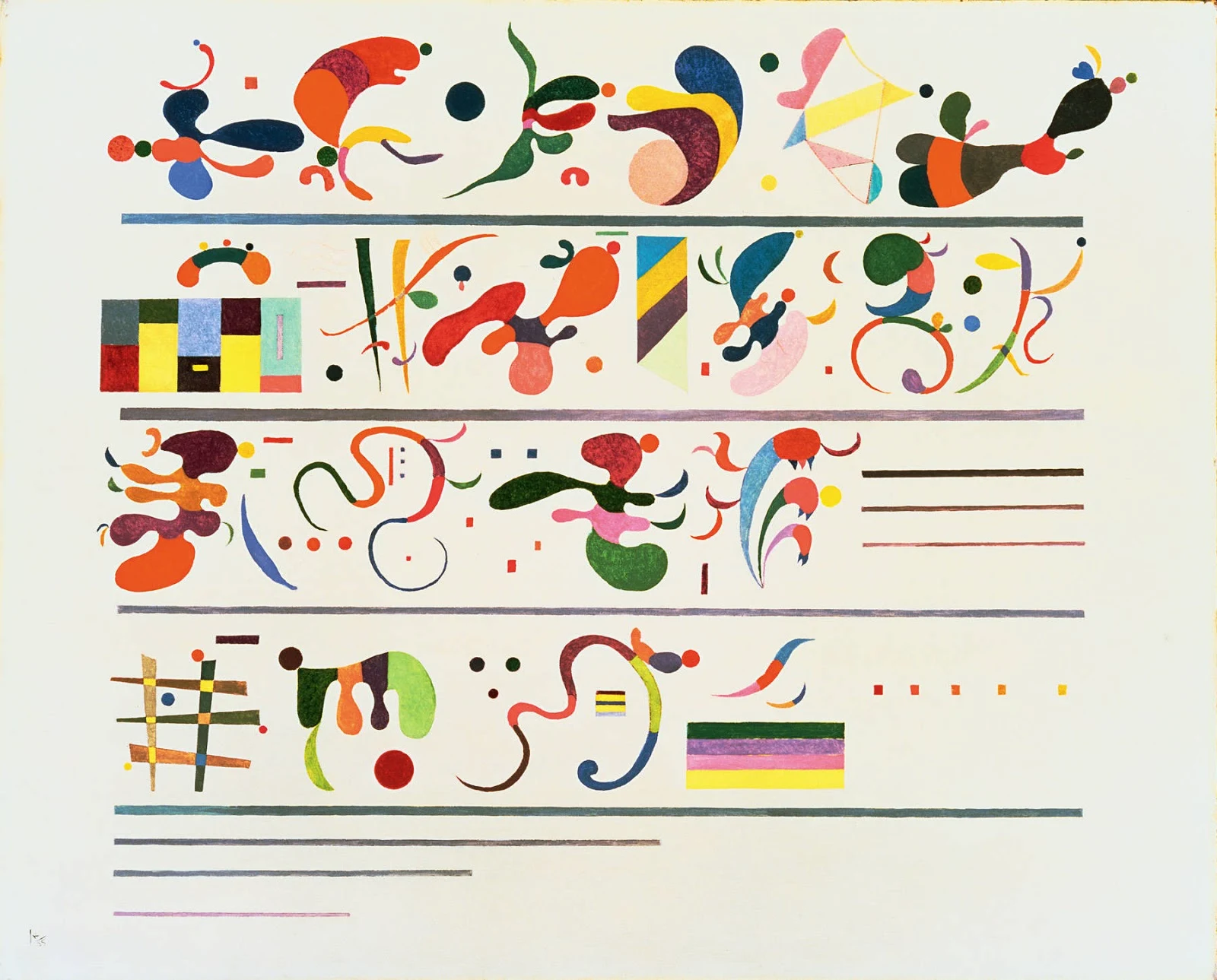Concerning the Spiritual in Art, 1910
Many grievous obstacles along this road must be conquered, so as to arrive at the first stage; and even then an evil, unseeing hand may toss more obstacles in the way, so that this road sometimes appears to be totally impassable, as all landmarks vanish.
It is then that there unfailingly arises some human being, no different from the rest of humanity but for a secret power of "Vision" within him.
He sees and points the way. Sometimes he would prefer to lay aside his power, as it is a heavy cross to bear; but he cannot do so. Though scorned and hated, he never lets go but drags the cartload of protesting humanity after him, ever forcing it forward and upward, over all obstacles in his way.
















